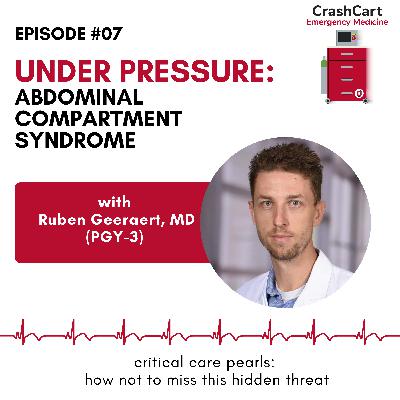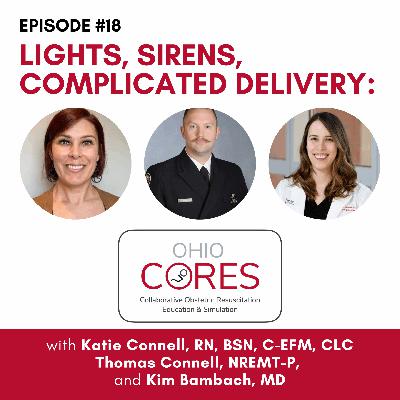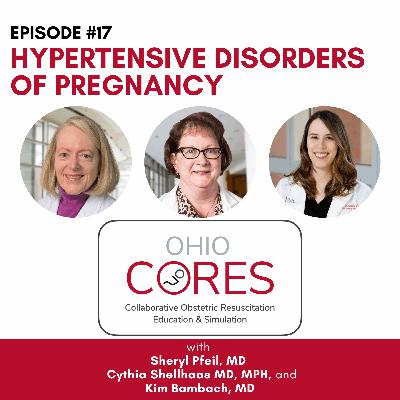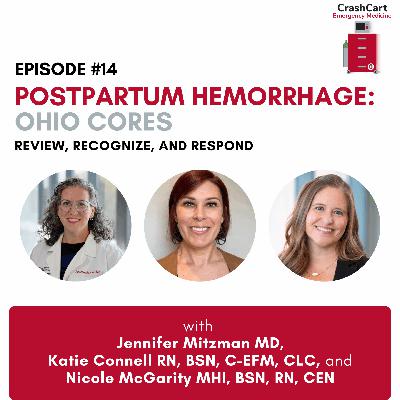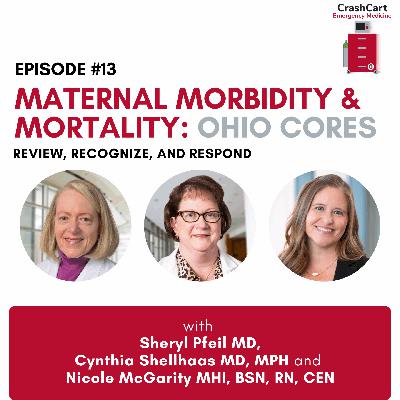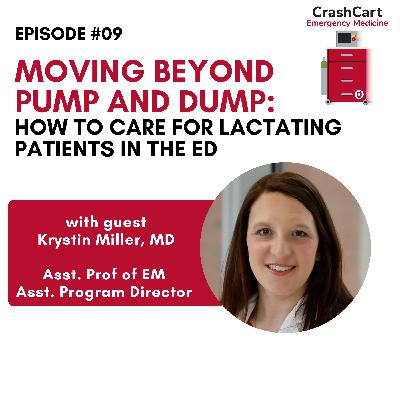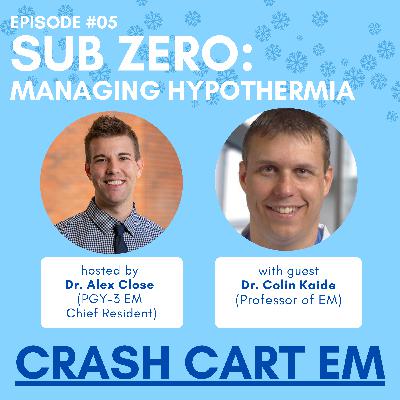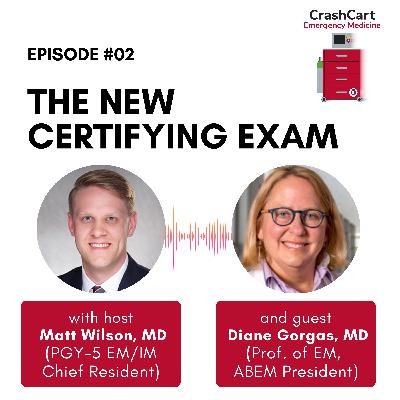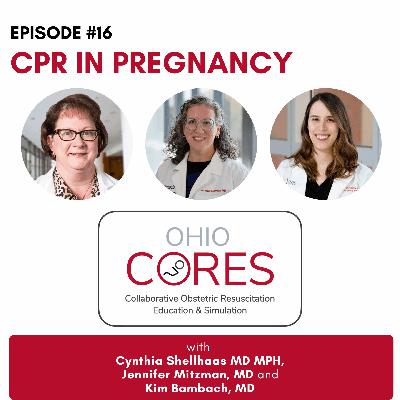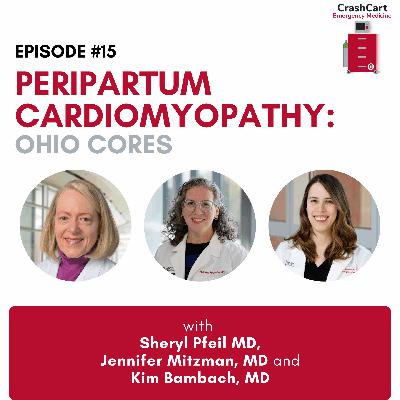Under Pressure: Abdominal Compartment Syndrome
Description
Abdominal compartment syndrome is an elusive diagnosis that can cause or worsen multi-organ failure in your sickest patients. How can we avoid missing it? It’s a classic case of “if you don’t think of it, you can’t diagnose it.” Dr. Ruben Geeraert, PGY-3 and future critical care fellow, breaks down how we can recognize and treat it.
Guest: Ruben Geeraert, MD
Host: Kim Bambach, MD
Editor: Kim Bambach, MD
Key Take-Aways:
What is it? Abdominal compartment syndrome is sustained pressures > 20 mm Hg in the abdomen with evidence of end-organ damage. End-organ damage can occur with abdominal hypertension > 16 mm Hg.
What’s the pathophysiology? Compressing structures in the abdomen ultimately leads to decreased cardiac output and multi-organ failure due to hypoperfusion.
Why is it so easy to miss? These patients can be easy to miss because they are already critically ill, and multi-organ failure might be attributed to a different cause. Consider it in patients receiving massive fluid resuscitation, massive transfusion protocols (MTP), polytrauma patients, septic patients, patients with an acute abdomen, and any mechanically ventilated patient. It is shockingly common in MICU and SICU patients.
Can’t I just tell based on abdominal exam? Unfortunately, you can’t. It’s important to recognize a tense abdomen, but the abdominal exam is unreliable—only 50% sensitive for this diagnosis!
How do you measure abdominal pressure? Assess for abdominal compartment syndrome by taking a bladder pressure, which you can do with a Foley catheter and arterial line setup.
How is it treated? Initial management is medical (treating the underlying disease process), but the patient may ultimately require decompressive laparotomy. Evidence is limited on the optimal timing of this procedure.
References:
- Masneri DA, O’Brien M. Acute Abdominal Pain. In: Tintinalli JE, Ma O, Yealy DM, Meckler GD, Stapczynski J, Cline DM, Thomas SH. eds. Tintinalli’s Emergency Medicine: A Comprehensive Study Guide, 9e. McGraw-Hill Education; 2020. Accessed February 07, 2024.
- EMCrit Project. “Abdominal Compartment Syndrome.” Accessed September 27, 2024. https://emcrit.org/ibcc/abdominal-compartment-syndrome/.
- Popowicz, Patrycja, Nalin Dayal, Richard K. Newman, and Elvita Dominique. “Abdominal Compartment Syndrome.” In StatPearls. Treasure Island (FL): StatPearls Publishing, 2024. http://www.ncbi.nlm.nih.gov/books/NBK430932/.
- Reintam Blaser, Annika, Adrian Regli, Bart De Keulenaer, Edward J. Kimball, Liis Starkopf, Wendy A. Davis, Patrick Greiffenstein, and Joel Starkopf. “Incidence, Risk Factors, and Outcomes of Intra-Abdominal Hypertension in Critically Ill Patients—A Prospective Multicenter Study (IROI Study).” Critical Care Medicine 47, no. 4 (April 2019): 535. https://doi.org/10.1097/CCM.0000000000003623.
- Regli, Adrian, Paolo Pelosi, and Manu L. N. G. Malbrain. “Ventilation in Patients with Intra-Abdominal Hypertension: What Every Critical Care Physician Needs to Know.” Annals of Intensive Care 9, no. 1 (April 25, 2019): 52. https://doi.org/10.1186/s13613-019-0522-y.

